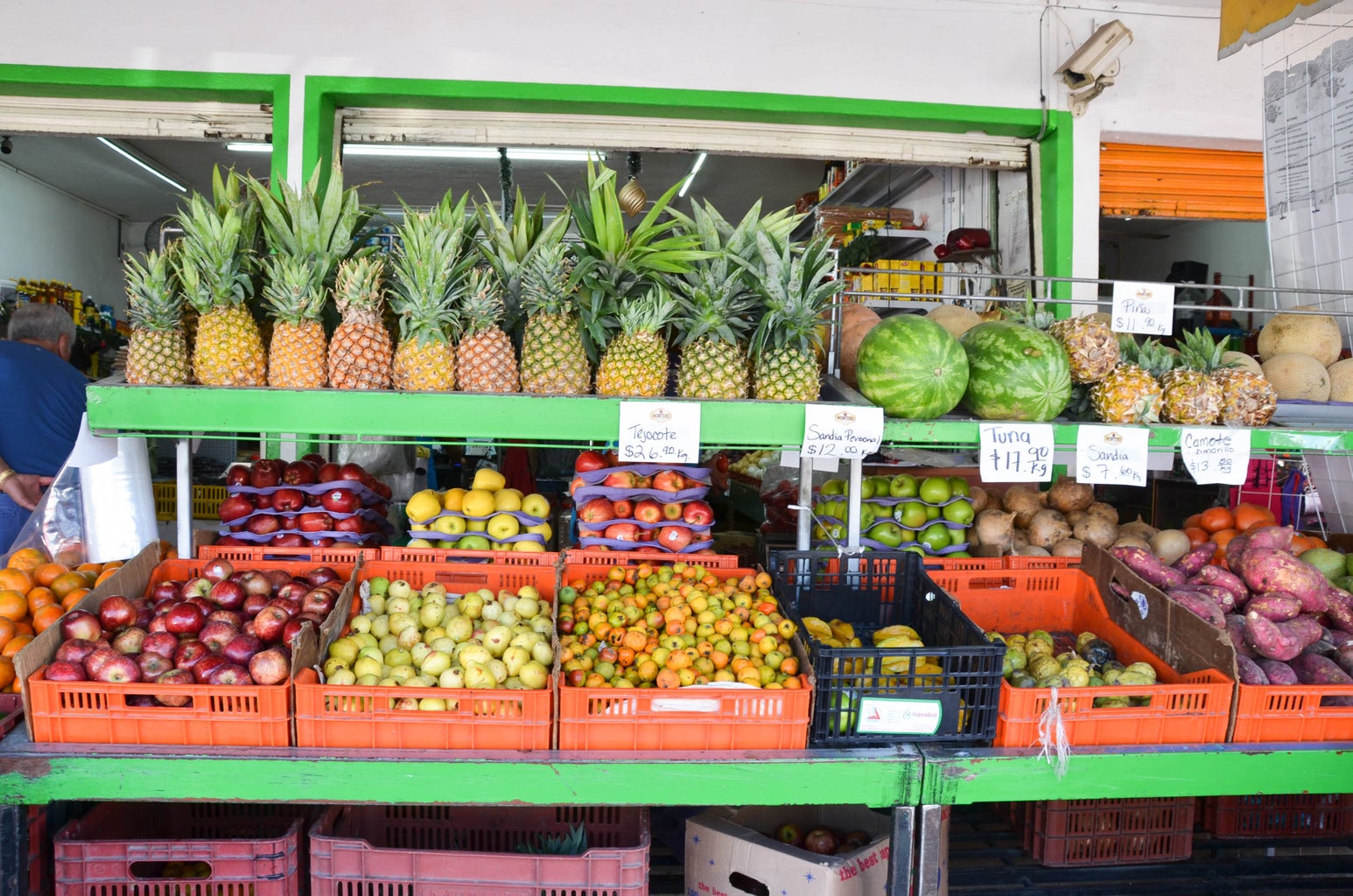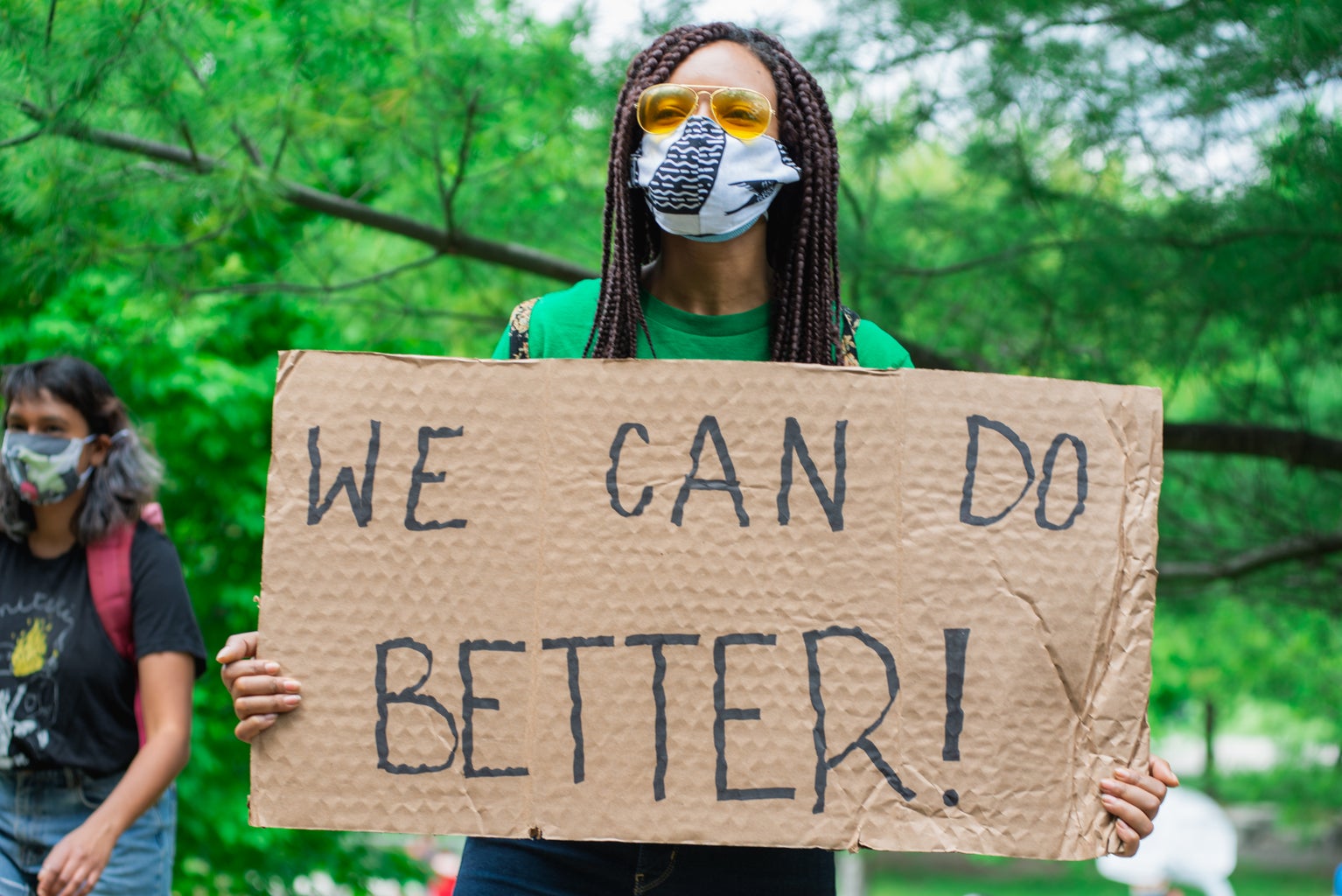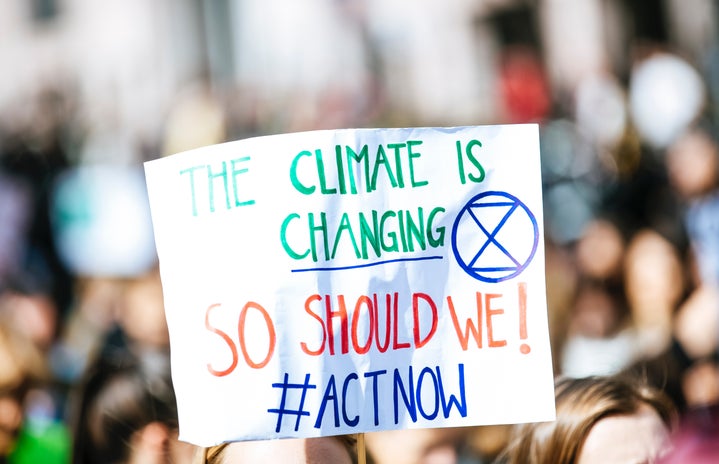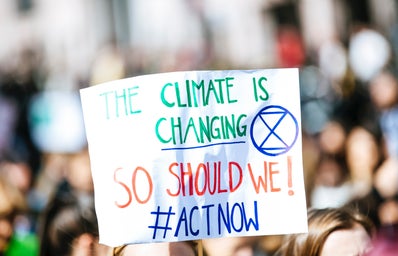The year 2020 has brought hardships on people in millions of different ways, but our climate has been taking the brunt of the consequences. Mass consumerism, the prioritization of convenience over sustainability, and -very oddly- the popularization of extravagant baby gender reveal parties (???) have been long-time contributing to the depletion of the health of the world we live in.
With so many scary and horrible things going on at the same time, it can be difficult to rationalize an approach to combating these current issues. However, from my perspective, the climate crisis is interwoven with many of the issues that the world is facing today including: the continued oppression of BIPOC, socioeconomic disparities, and even any gaps in health care. Climate change isn’t its own issue, it’s a mass-encompassing problem that, without a resolution, nothing else can be solved completely.
Upon fully rationalizing and internalizing the gravity of the climate crisis, I felt a sense of urgency and responsibility to change the way that I live in a way that will limit my contribution to the increasing crisis. Obviously, it can be difficult to change your behavior, but here are a few things that I found to be easy that can help you reduce your negative impact on the environment:

1. Substite disposable products for reusable ones.
- Cloth shopping bags
- Beeswax food wraps instead of plastic wrap
- Ceramic and glass travel mugs and tumblers
- “Stasher Bags” instead of plastic snack bags
- Menstrual cup instead of tampons and pads (they are surprisingly a god-send)
Important disclaimer: USE WHAT YOU HAVE, do not throw away a perfectly useful toothbrush to buy a brand new fancy bamboo one. Minimize what you throw out, and only replace when you actually need to. Reusing things you’d normally throw out is also a great way to decrease your waste.
- I started using plastic yogurt containers and other small plastic cups for propagating small succulents and planting seedlings.
- Used takeout boxes make for very good on-the-go lunch containers.
2. Thrift/Shop Second-Hand.
- When you need clothes, furniture, etc. look to thrift stores, online second-hand shops.
- Donate the clothes you no longer need.
- Ensure the shop you choose isn’t contributing to the gentrification of second hand shopping (overpricing items and selling/buying “thrifted” and “vintage” clothes solely for aesthetic purposes)
- There are lots of people who rely on second hand shops for their everyday needs, so buy what YOU need and make sure it’s for the right reasons.

3. SHOP LOCAL.
- Big supermarkets ship their product and other items from all over the place, and often have a huge carbon footprint.
- Supporting local businesses fuels your local economy and decreases the footprint of your food and other products.
- Not-so-secret secret: the food is better anyway ;)
4. This one sounds silly, but seriously: CARPOOL.
- Not only does emissions contribute to air pollution, but the mining for fossil fuels that power our cars is another threat to the health of our environment.
- Relying on public transportation and other means of transportation that don’t depend on fuel at all is an even better step to take (just not always possible for certain lifestyles)
- Get on that bike girl! Get some exercise in while you’re at it!!
5. Decrease your meat consumption.
- It’s not always easy, and straightforward but the meat industry is one of the biggest contributors to the depleting health of our climate.
- Even just cutting out red meat, or limiting yourself to it once a month can make a HUGE lasting impact.
- I went vegetarian at the beginning of the year and the first few months were a puzzle for me. It’s tough until you figure out what you really like and what is healthy for you. It’s not nearly as hard as some may think, and knowing how much it can help is the only motivation I needed.



